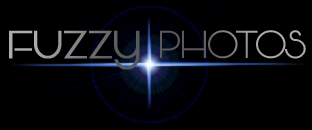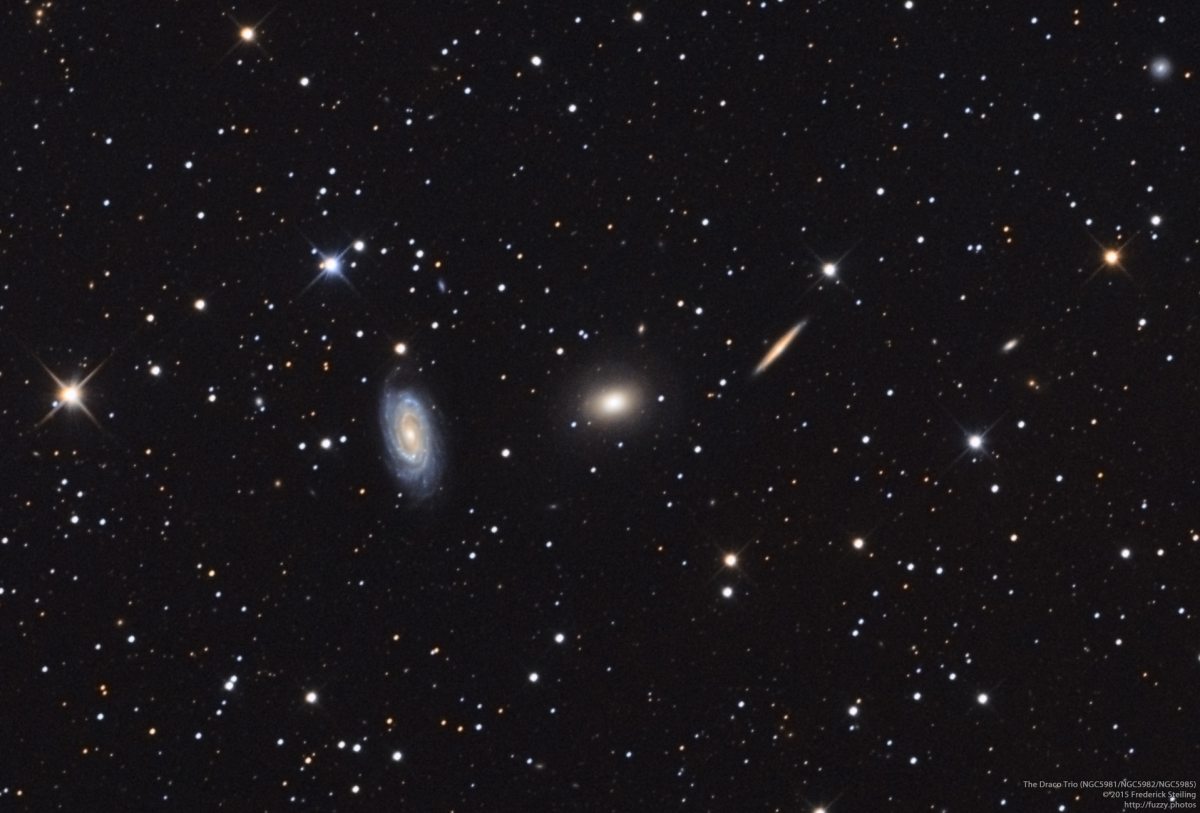| Image Links | |
| Published image | Full resolution |
| Annotated image | Pop up preview Full resolution |
| Target Information | |
| Main Target Designations | NGC5981, NGC5982, NGC5985 |
| RA Center | 15h 38m 43.838s |
| DEC Center | +59° 21' 11.80" |
| Rotation | 1.882° |
| Exposures | |
| One-shot color | 25x900" (ISO1600) |
| Total Integration | 6hrs 15min |
| Date(s) of acquisition | 18May2015, 21May2015 |
| Location | Whiteside, MO |
| Equipment | |
| Imager | Olympus E-P5 |
| Telescope/Lens | Orion 8" f/3.9 Astrograph |
| Mount | Celestron CGEM |
| Guiding Apparatus | Orion ST80 (piggyback) |
| Guiding Camera | Orion SSAG |
| Accessories | |
| Coma Corrector | Baader MPCC Mark III |
| Collimator | Orion LaserMate |
| Focusing | Bahtinov mask |
| Software | |
| Acquisition | Manual (remote shutter) |
| Guiding | PHD2 |
| Processing | PixInsight 1.8 |
Sometimes it just seems like these galaxies want to hang out with each other. Â In a wonderful collection of best buddies in the constellation Draco, we get an excellent look at the different forms (and angles) that galaxies may take.
On the left we get a face-on view of the spiral galaxy NGC5981. Â This is a particularly active galaxy with high surface brightness and a quasar-like nucleus, classified as a Seyfert galaxy. Â On the right, we get a different look at a spiral galaxy with NGC5981, this time edge-on. Â In this view, the relative thinness of a spiral galaxy becomes immediately evident, with a nice bulge at its nucleus. Â Lastly, we have NGC5982 in the center, a more diffuse style of galaxy known as an elliptical galaxy. Â As compared to its friends to the left and right, the elliptical galaxy has a much more prominent 3D structure and far less definition.
In this effort, I've maintained my approach with 15' subexposures.  There is more trailing present in the stars, which is most certainly an artifact of flexing between my guidescope and my imaging telescope, as well as magnification by the image scale.  (These are some small galaxies for me at .2.8' x 0.5', 2.6' x 1.9', and 5.5' x 3.0'!)  I'm really stretching the gear I have to its greatest extent now.  The next step for improvement will likely be to invest in an off-axis-guiding setup where flexure is no longer an issue and guiding occurs through the same optical path as the imaging.  The hunt is on!

